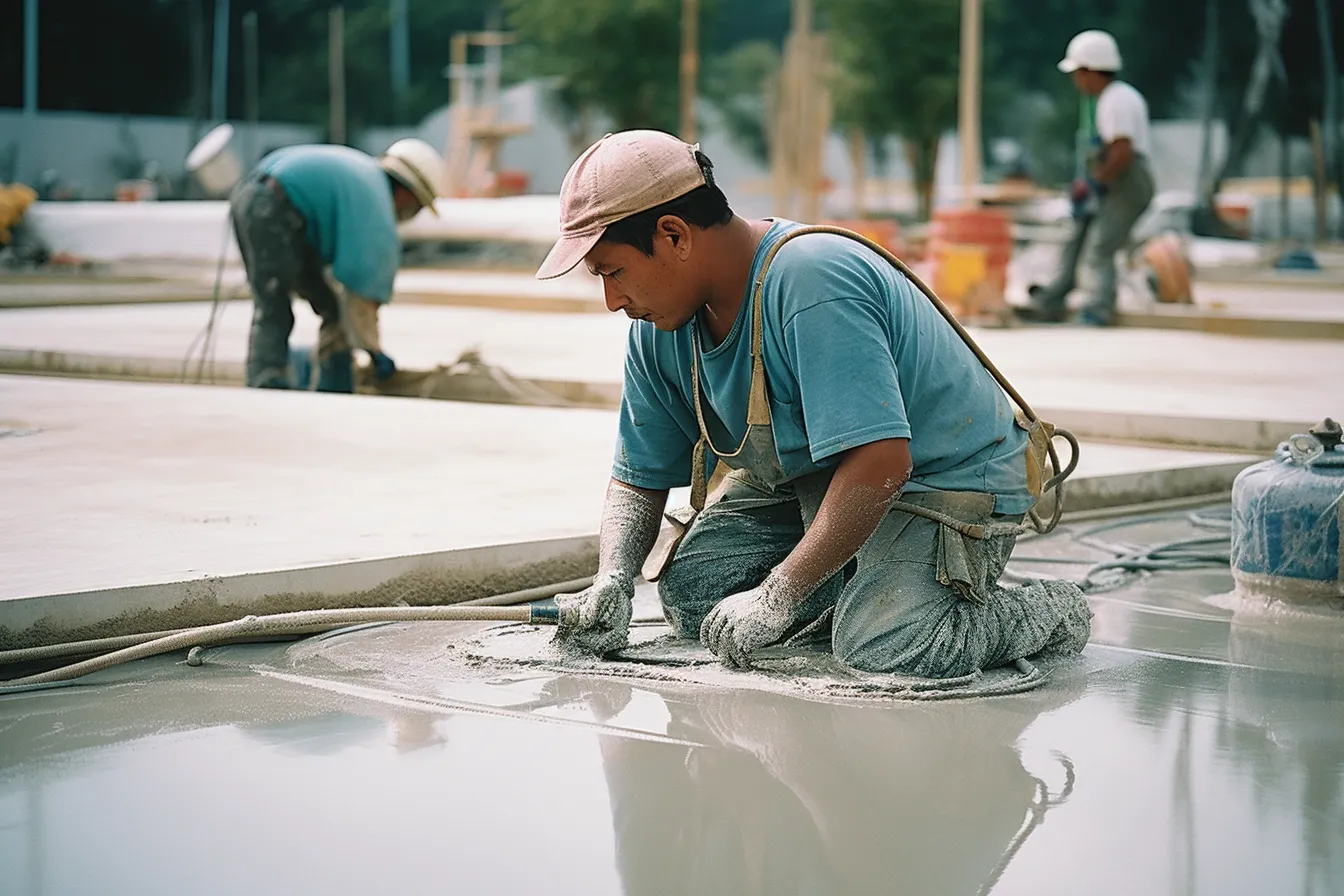Welcome to our article on insulated concrete forms and their role in energy efficiency in green building practices. In this article, we will explore how insulated concrete forms (ICFs) contribute to energy efficiency in buildings. We will discuss the benefits of using ICFs, their impact on energy consumption, and their overall role in sustainable construction. So, let’s dive in and discover how using insulated concrete forms can help create energy-efficient structures.
Understanding Insulated Concrete Forms
Insulated concrete forms, also known as ICFs, are innovative building materials that provide a combination of structural strength and superior insulation. Made from lightweight foam panels or blocks, ICFs create a formwork system that is then filled with concrete to create the building’s walls. The result is a solid, energy-efficient structure that offers numerous advantages over traditional building methods.
The Energy Efficiency of ICFs
One of the key benefits of insulated concrete forms is their exceptional energy efficiency. The use of ICFs significantly reduces energy consumption by minimizing heat transfer through the building envelope. Thanks to the insulating properties of the foam panels or blocks, buildings constructed with ICFs experience reduced heat loss during the colder months and increased thermal resistance during the warmer months.
This increased energy efficiency not only leads to lower heating and cooling costs for the building’s occupants but also reduces greenhouse gas emissions associated with energy consumption. Furthermore, it contributes to the overall sustainability of the structure by promoting a reduced carbon footprint.
Additional Benefits of ICFs
Beyond energy efficiency, insulated concrete forms offer a range of additional benefits. With their high insulation value, ICFs provide superior soundproofing, creating spaces that are quieter and more comfortable. The thermal mass of the concrete within the ICFs helps regulate internal temperatures, reducing temperature fluctuations and providing a more consistent indoor environment.
Moreover, buildings constructed with ICFs are highly durable and resistant to damage from natural disasters such as hurricanes, earthquakes, and fires. The combination of concrete and foam forms a solid structure that can withstand extreme weather conditions and protect both the occupants and the building itself.
The Role of ICFs in Green Building Practices
When it comes to green building practices, the use of insulated concrete forms plays a vital role in achieving sustainable construction goals. ICFs align with the principles of green building by minimizing energy consumption, reducing waste, and offering a long lifespan for the building.
Additionally, the foam panels or blocks used in ICFs are often made from recycled materials, further reducing the environmental impact of construction. By choosing to implement ICFs in construction projects, builders and homeowners contribute to the overall reduction of natural resource depletion and promote the use of sustainable materials.
Conclusion
In conclusion, insulated concrete forms offer significant advantages when it comes to energy efficiency and sustainable construction. The combination of superior insulation, durability, and reduced environmental impact make ICFs a valuable choice for green building practices. By utilizing ICFs, builders and homeowners can create energy-efficient structures that promote long-term sustainability while providing comfortable and resilient spaces for occupants. So, if you are considering a construction or renovation project, exploring the use of insulated concrete forms is definitely worth your consideration.
